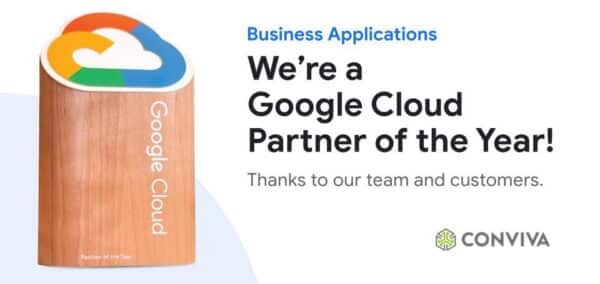
Cloud native is increasingly popular for building and deploying modern applications because the architecture improves scalability while improving development efficiency and system resiliency. But with those benefits comes the challenge of complexity. Complexity coupled with the massive growth of data, unpredictable costs and skills challenges of cloud-native environments render traditional application performance management (APM) and infrastructure monitoring tools all but useless. That’s where observability comes in. Observability platforms ingest and analyze massive amounts of data from multiple sources in real time, allowing for a comprehensive view of a system’s behavior so potential issues can be identified as they arise. That’s powerful enough by itself–but add artificial intelligence for IT operations (AIOps) into the mix and organizations now have a major competitive advantage. AIOps functions can be used to automatically identify patterns in the multiple streams of data and highlight relationships and correlations that are not easily evident through common data visualizations and dashboards.
This can be particularly useful for detecting and resolving problems that are difficult to predict or that may be hidden within the system’s normal operating range. For example, if an application is performing poorly, AIOps can be used to automatically identify probable causes of slow or failed transactions.
In this webinar, experts will explore the benefits and challenges of cloud-native architecture and how observability paired with AIOps can help cut through the complexity and make the most of your observability practice.
You’ll learn:
-
- Why observability is critical for cloud-native applications
- What challenges cloud-native architectures pose for observability
- How AIOps can help address those challenges








